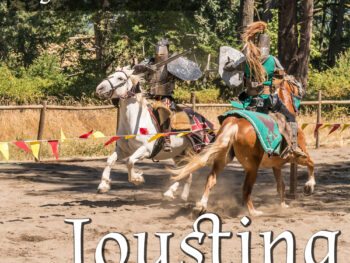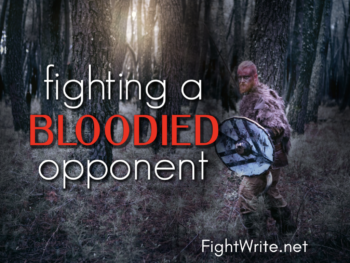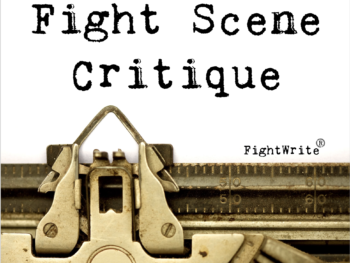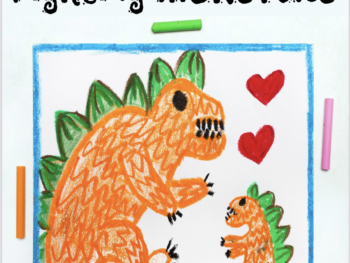How a character responds physiologically to a threatening situation is known as their fight/flight response. This response is the result of a chain of events that happens in the body with the sole purpose of keeping us alive. But, there are far more responses than simply fight or flight. I have a whole chapter on this in my book. I also include body language associated with each
There is no optimal response. And, we are not necessarily wired for one more than the other. Everyone begins with the response that requires the least amount of energy and their way up. Energy = life and the less energy you use the more you will have to use later if you need it. That said, sometimes people tend to default to one possibly due to events in their life or specifically childhood. The brains of those people have learned that particular response is better at keeping them alive.
Each response has pluses and minuses. And, a person’s response may change depending upon the threat. A mild mannered character who is normally a “flyer” may, when cornered with their child, become a fighter.
Fight/Flight
Fight– I call these characters the “push backs,” because if you push them, they will push back. When a “push back” is startled, they may lunge in the direction of the threat or ball up their fists in defense even if they don’t know what to do with them. That boldness can get them into trouble.
Flight – A “flight” character will run from the threat. These characters are “messengers.” They run to tell others of the threat. But they may also run and leave others to fend for themselves.
Freeze – A “freeze” character will go completely immobile. They are the “snipers.” Even though terrified, these characters will not move which can help them to remain unseen by the threat. It can also make them easy pickings.
Front – Front characters seem like “push back” characters but are actually “chest bumpers” just putting on a front. They will hold up their fists and bump chests with an opponent, but they do so to avoid confrontation rather than participate in it. Sometimes the gamble pays off and the fight is avoided. But, sometimes, when someone calls their bluff, the “chest bumper” doesn’t fight back and suffers.
Follow/Fawn – Here we have our “masters of subterfuge.” A character who follows will go along with whatever is demanded of them in order to remain safe. Their submissive attitude can allow them to wait for an opportunity to escape or better moment to attack. As a part of following, they may also “fawn” over the person who is threatening in an effort to gain favor. Characters with a follow/fawn response can be great spies. They can also be considered cowardly or treasonous.
Three stages of alarm
These responses come as a part of three stages in what is know as the General Adaptation Syndrome.
We begin in homeostasis which is our natural resting state. When the stressor appears our body goes into an alarm state.
The second stage is the resistance stage.If the perceived stress continues, the body stays activated at a higher metabolic level in an effort to offset the persistent stress. The body cannot maintain this level indefinitely, and its resources will eventually deplete.* source
The final stage is exhaustion. If you have never been in full fight/flight mode, you may not know how completely exhausting it is. Over time, bodies put into fight/flight repeatedly get exhausted on a cellular level causing suppression of the immune system and deterioration of other bodily functions. This can lead to a variety of health issues and illnesses, including heart disease, digestive problems, depression, and diabetes. *source
What is your character’s physical threat response? What does that look like? How does it work for them? What about against them?
In the next round, we will look at emotional stress responses. How we act when threatened physically may not be how one reacts when threatened emotionally. Sooo, check back in soon!










834759 37207I also recommend HubPages itself, and Squidoo, which is comparable. 472093
204949 993983Ive the same issue sometimes, but I normally just force myself via it and revise later. Great luck! 328486
557533 84123Its superb as your other posts : D, regards for posting . 109447
406849 151257Some truly good stuff on this web site, I really like it. 156201
498600 265782Oh my goodness! an incredible post dude. Thank you Even so My business is experiencing problem with ur rss . Dont know why Unable to subscribe to it. Can there be anyone obtaining identical rss issue? Anybody who knows kindly respond. Thnkx 400318
345682 314260You made some decent points there. I looked on the net for any issue and discovered most individuals goes in addition to with all your web site. 885707